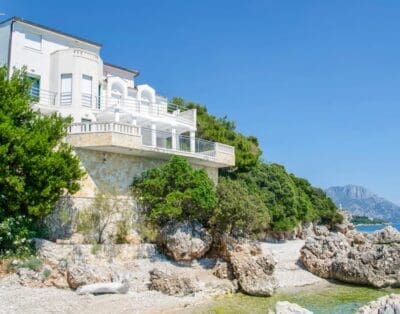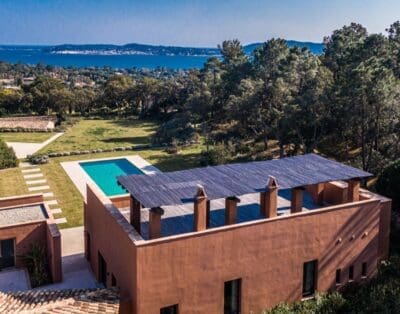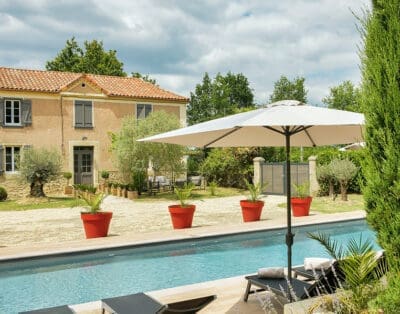Blue Planet II-The Boiling Sea by Roger Munns
Roger Munns is a British, Emmy award-winning underwater cameraman, based in Sabah, Malaysian Borneo. Specialising in open ocean and coral reef natural history film-making, Roger was one of the principal cameramen on the BBC’s recent Blue Planet II series. He logged over 600hrs underwater while filming ten different stories for four episodes. Here he tells his story of filming the boiling sea for the BBC program Blue Planet II in his own words.
Blue Planet: The Boiling Sea
The stories that we filmed for Blue Planet II came about in many ways. Some were a result of painstaking research by marine biologists. Some were seen by chance by recreational divers. Others, like the boiling sea, were the stuff of myth and legend, born of tall tales by fisherman and other ocean-goers. It was so named as legend had it that on rarely witnessed occasions the surface of the Pacific ocean would come alive, a writhing, tumultuous mass of fish, so violent that from the surface, or the air, it would seem as if the sea was boiling.
Setting out to film this event was therefore risky, both in terms of personal safety and achieving our filming goals. Nonetheless in early 2015, after some promising sightings, a team set out to a point 100 miles offshore from Australia with that very aim. Using echo sounders to try and locate the massive shoals of lanternfish at depth (thought to be on the menu at this ferocious ocean buffet) the crew deployed Remote Operated Vehicles (ROV’s) with low-light cameras to try to identify the fish. To their dismay their was nothing there but a thick layer of plankton. After three weeks at sea the crew returned empty handed with not a second of footage to show for their efforts.
Fast forward 18 months and I was called into action for a second and different attempt at capturing this event on film. This time on the other side of the world. I set out into the Pacific from Costa Rica with the dive team on a small converted sports fishing boat which was to be our home for three weeks in the open ocean. A second team set out in tandem to search from the sky, in a more hi-tech research vessel, equipped with a helicopter rigged with a stabilised camera.
We were acting on reports from locals in Costa Rica who had told us of pods of dolphins driving lanternfish to the surface, pinning them there with no escape, while predators came at them from every angle.
After the previous failure we knew we were in for a tough time. Open ocean shoots are never easy. The blue sky and sea can seem never ending at times, like an infinite ocean desert. Our dive team consisted of assistant producer Rachel Butler, myself, cameraman Alfredo Barroso and Rich Stevenson who had brought with him a polecam which could be attached to the boat to film alongside animals at high speed.
Coordinating with the aerial team we scoured the ocean and spent day after day finding, losing, re-finding and following megapods of dolphins. All this in the hope that they would lead us to the huge aggregations of lanternfish at the surface that we had heard of. The cruelty of open ocean filming is the boredom. It takes a certain kind of patience and mental strength to stay rational, calm, ready and positive when you see nothing for weeks on end. Day after tedious day on a scorching, small boat with no sight of land meant that time seemed to pass at a crawl with nothing to break the monotony and tedium. We had to remain on standby at all times in case the bait ball materialised. Any filming opportunity might only last a few minutes, so every second lost getting ready would count.
Finally, at dawn on the day before were due to head back to shore, the eagle eyed crew spotted some action. Mid-way through our breakfast of rice and beans the shout went up. Plates were dropped and masks thrown on.
The event was huge. A massive pod of dolphins pursued the lanternfish to the surface. Yellow-fin tuna had been closely following the dolphins and they attacked the bait at high speed making the water froth and foam. Then came the mobula rays. These three metre wingspan rays flew in to the bait scooping huge mouthfuls of fish. As a cameraman in these situations I didn’t have time for fear or thoughts of personal safety. Shrouded by the mass of fish, Alfredo and I were hard pushed to avoid being hit as the swooping rays focused solely on feeding. However, my main fear was not getting the shots that we needed for the story. In a way, as a cameraman, I am often completely detached form the events I film, surrounded by chaos and carnage but observing everything dispassionately through my lens and monitor. Finally, as the bait thinned out, the sailfish came from below, picking off the injured survivors with insouciant ease. After a matter of 15-20 minutes the whole event was over. All that was left was a shimmering, silvery confetti of fish scales, gently descending into the abyss. After 42 days on the water, using three vessels, over two expeditions on both sides of the vast Pacific ocean we had finally captured on film an event of unparalleled drama – the boiling sea.
Roger is also patron of the Manta Trust. http://www.mantatrust.orghttp://www.roger-munns.com
Instagram: RogerBorneo
@MantaTrust
Image Credit: BBC/Lisa Labinjoh/Joe Platko







